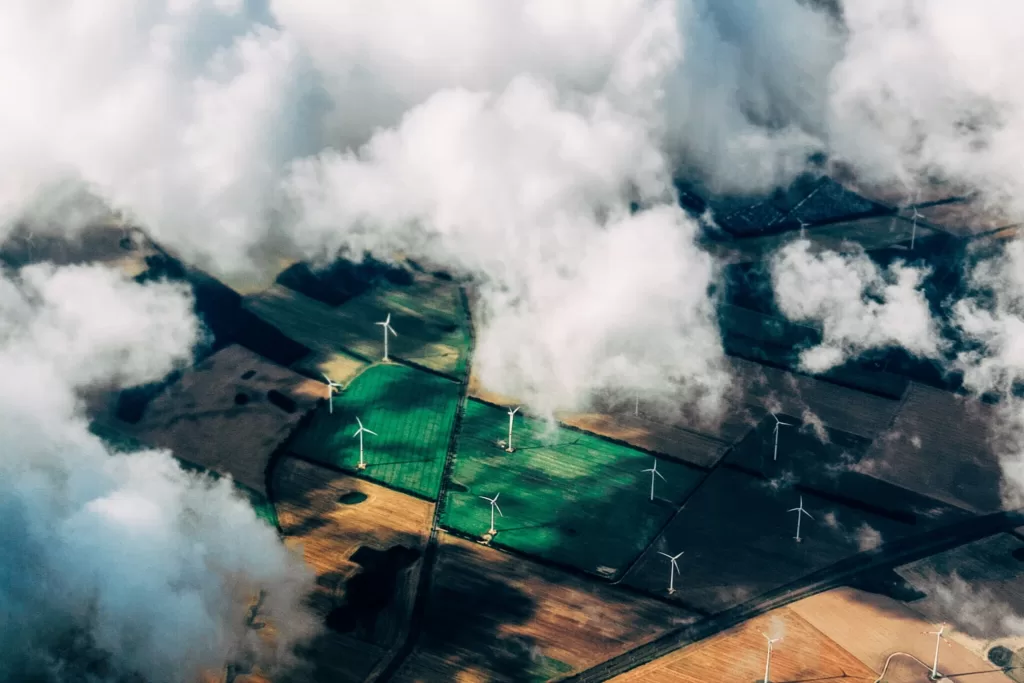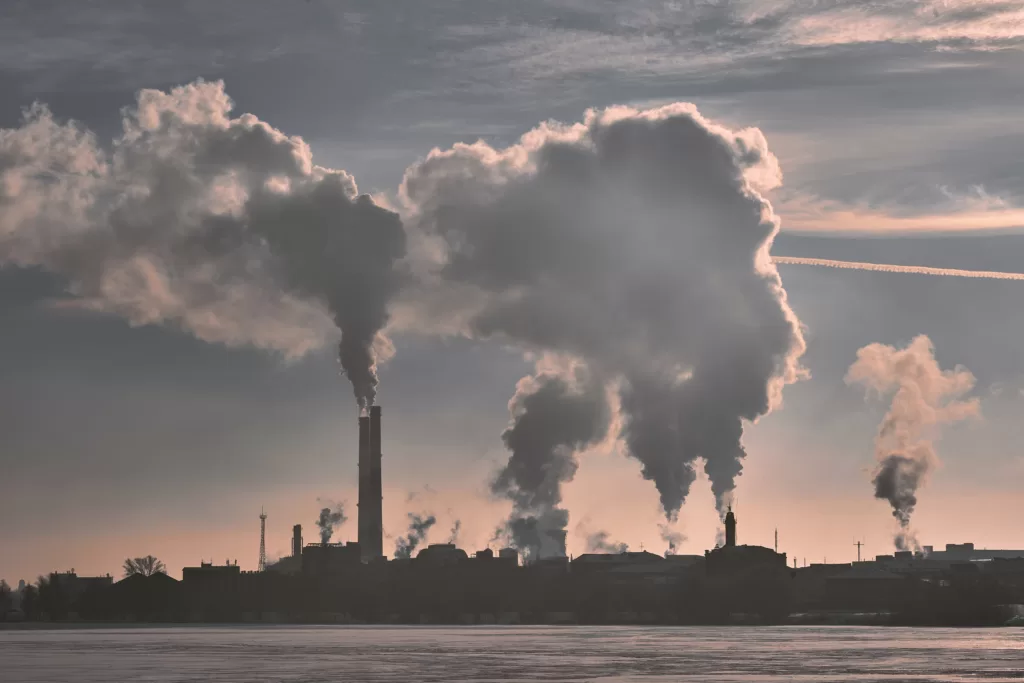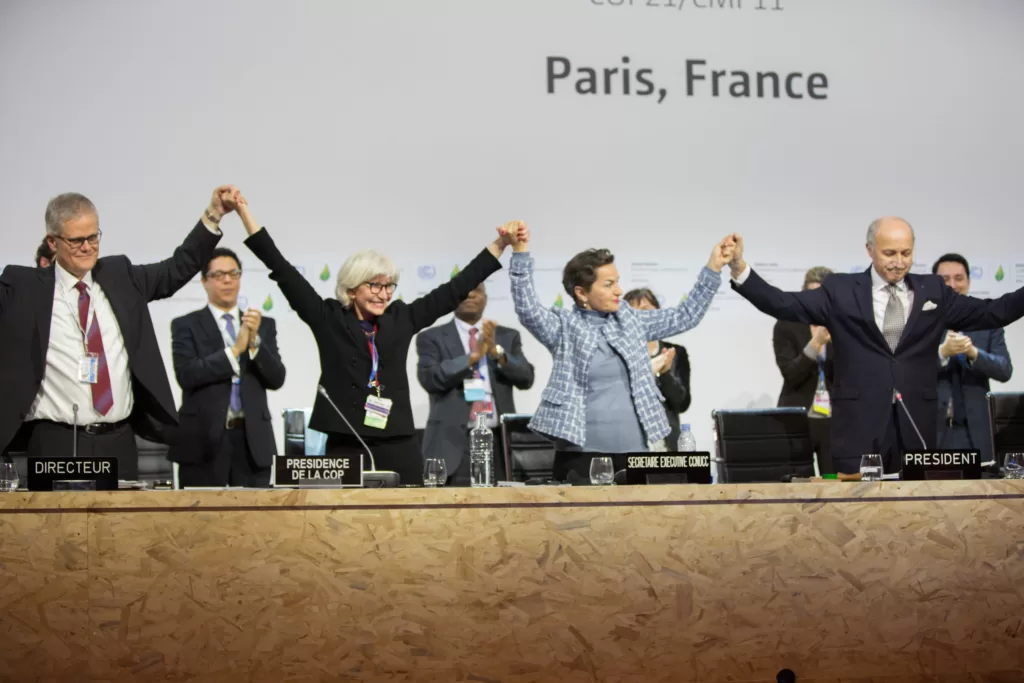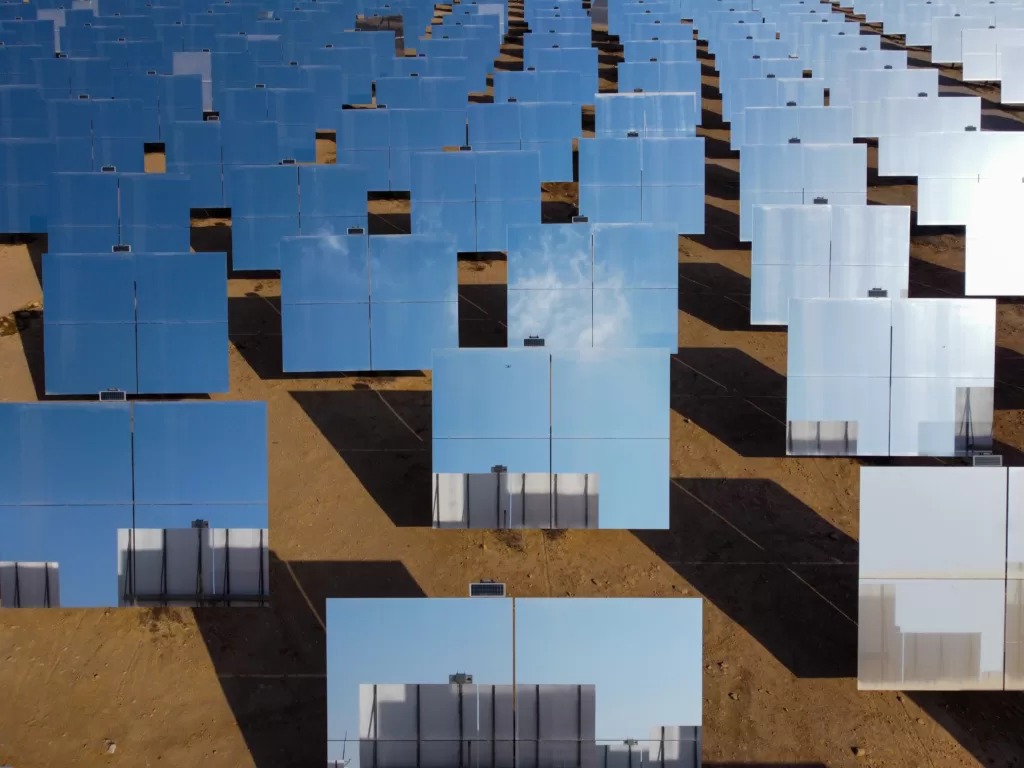Green hydrogen could be a fossil fuels replacement in some sectors if Australia takes the immediate steps to embrace it.
 The universe’s most-abundant element has the potential to help resolve pressing climate challenges. : Thomas Richter, Unsplash Unsplash licence
The universe’s most-abundant element has the potential to help resolve pressing climate challenges. : Thomas Richter, Unsplash Unsplash licence
Green hydrogen could be a fossil fuels replacement in some sectors if Australia takes the immediate steps to embrace it.
In a world grappling with the complex problem of reducing carbon emissions to limit global warming, the universe’s most-abundant element has the potential to unlock part of the puzzle.
Hydrogen might provide an effective decarbonisation solution for some industries — but only if it is made in a way that does not release emissions.
Australia is ideally placed to help make that happen if it is prepared to seize the opportunity.
The United Nations Climate Change Conference (COP28) begins in November — a critical event in the effort to reduce carbon emissions to help limit global warming to the internationally agreed target of 1.5 degrees Celsius.
Zero-emissions hydrogen, produced using renewable energy and known as ‘green’ hydrogen, could replace fossil fuels in sectors where renewable electricity is not a feasible substitute, like heavy industries, shipping and aviation. It could also provide countries with new export opportunities.
Many countries have begun developing hydrogen strategies, but more work is needed to ensure global hydrogen supply chains are developed at the scale and pace needed.
With some of the world’s best renewable energy resources and located near large energy users in Asia, Australia is well placed to make the most of green hydrogen trade opportunities.
At the same time, ensuring the country has enough supply to achieve its own domestic decarbonisation is vital — to achieve emission reduction targets, and to safeguard Australian industries in a decarbonising global economy.
While hydrogen is already used today in refineries and as a chemical feedstock in industrial processes, almost all of it is ‘‘brown or “grey’’ hydrogen derived from emissions-producing coal or natural gas.
For hydrogen to be effective in decarbonisation, countries need to produce and use zero-emissions hydrogen.
Green hydrogen is made by using renewable electricity to split water molecules into hydrogen and oxygen. The process, known as electrolysis, is currently more expensive than producing brown or grey hydrogen and requires an electrolyser, a source of water and large amounts of renewable electricity.
The price is driven by electrolyser costs and the price of renewable electricity.
Countries with good renewable energy resources might have a competitive advantage in producing green hydrogen, providing them with a new, green export opportunity.
Shipping hydrogen is also expensive and inefficient compared with other fuels.
It first has to be compressed or liquefied by cooling it to minus-253 degrees Celsius.
Converting the hydrogen to a different fuel, such as ammonia or methanol, could make export easier because ammonia and methanol are easier to store and transport and are already traded globally.
Green hydrogen can be converted to “green” methanol by reacting it with carbon dioxide captured from biomass sources, while ammonia can be produced in a process using green hydrogen and nitrogen.
Ammonia can be used directly or can be converted back to hydrogen once it reaches its destination, although with additional energy and processing requirements.
To develop large-scale green hydrogen production and trade, action is required at a global level to build demand for green hydrogen, preventing locked-in fossil fuel-based hydrogen production.
This, along with reducing the cost of green hydrogen production and ensuring supply-chain transparency across borders, can unlock growth opportunities.
Countries rich in renewable energy resources, or looking to diversify their energy exports, have focused on developing hydrogen export capabilities.
The International Energy Agency estimates that 16 million tonnes of hydrogen could be exported by 2030, including hydrogen exported as different hydrogen-based fuels. There are 41 countries with national hydrogen strategies.
In 2020, Japan developed the world’s first liquid-hydrogen import terminal and other countries are following suit.
Australia is reviewing its National Hydrogen Strategy, aiming to become a global leader in hydrogen by 2030.
The Australian government has announced funding for clean hydrogen development through the Hydrogen Headstart program and is developing the Guarantee of Origin scheme, which could require hydrogen producers to prove the emissions intensity of their operations, ensuring that hydrogen produced is zero-emissions.
It has also established international partnerships to advance the development of a global clean hydrogen industry. In 2022, Australia exported the world’s first shipment of liquid hydrogen to Japan, using hydrogen produced from coal and biomass, meaning it was not emissions-free.
Domestic supply is also an important consideration. Analysis by Climateworks Centre and CSIRO as part of the Australian Industry Energy Transitions Initiative shows that Australia could need as much as 2.2 million tonnes of hydrogen each year by 2050 to decarbonise its domestic industries.
Getting there will mean moving from pilot studies to large-scale production. And it will require a lot of renewable energy.
To keep the cost of hydrogen low, the country will need to ensure renewable electricity generation, transmission and storage costs are low. Robust system planning will be needed for an efficient energy system that considers demand for electricity and hydrogen.
It will also need a workforce equipped with the right skills.
By 2050, at least 168,000 workers could require training in skills specific to the renewable energy industry, including hydrogen. Current vocational education training offerings in renewable energy generation and storage are not meeting demand.
These actions need to start now if Australia is to seize the economic opportunities provided by hydrogen, while also playing its part in reducing emissions and limiting global warming.
Tyra Horngren is a Senior Analyst at Climateworks Centre, where she worked as part of the Australian Industry Energy Transitions Initiative. Tyra holds a PhD in chemistry from the University of Melbourne.
The Australian Industry Energy Transitions Initiative received funding from the Australian Renewable Energy Agency.
Originally published under Creative Commons by 360info™.
Editors Note: In the story “Road to COP28” sent at: 23/10/2023 06:00.
This is a corrected repeat.














